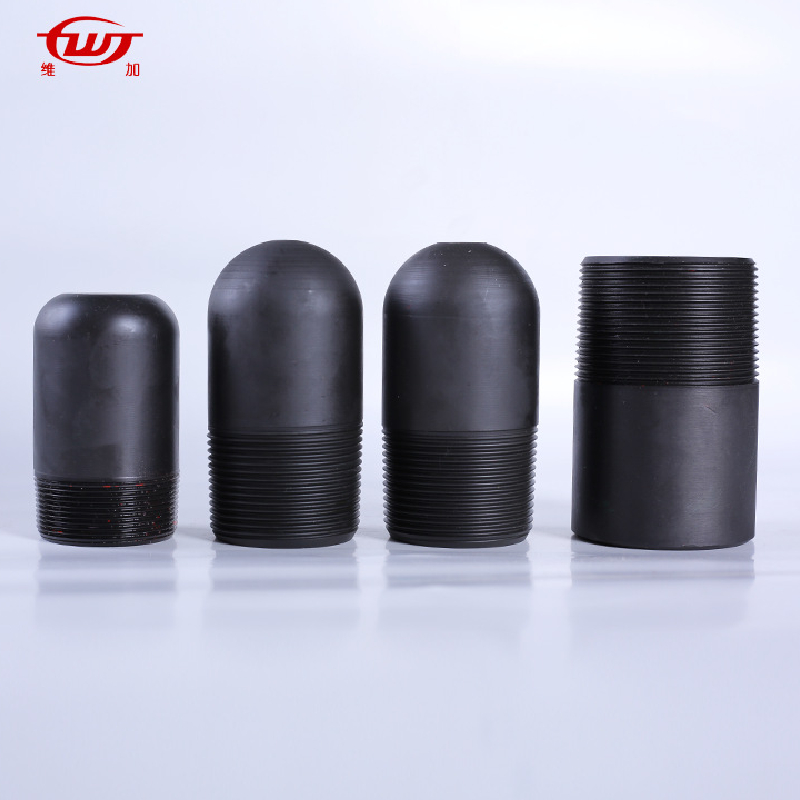- Afrikaans
- Albanian
- Amharic
- Arabic
- Armenian
- Azerbaijani
- Basque
- Belarusian
- Bengali
- Bosnian
- Bulgarian
- Catalan
- Cebuano
- Corsican
- Croatian
- Czech
- Danish
- Dutch
- English
- Esperanto
- Estonian
- Finnish
- French
- Frisian
- Galician
- Georgian
- German
- Greek
- Gujarati
- Haitian Creole
- hausa
- hawaiian
- Hebrew
- Hindi
- Miao
- Hungarian
- Icelandic
- igbo
- Indonesian
- irish
- Italian
- Japanese
- Javanese
- Kannada
- kazakh
- Khmer
- Rwandese
- Korean
- Kurdish
- Kyrgyz
- Lao
- Latin
- Latvian
- Lithuanian
- Luxembourgish
- Macedonian
- Malgashi
- Malay
- Malayalam
- Maltese
- Maori
- Marathi
- Mongolian
- Myanmar
- Nepali
- Norwegian
- Norwegian
- Occitan
- Pashto
- Persian
- Polish
- Portuguese
- Punjabi
- Romanian
- Russian
- Samoan
- Scottish Gaelic
- Serbian
- Sesotho
- Shona
- Sindhi
- Sinhala
- Slovak
- Slovenian
- Somali
- Spanish
- Sundanese
- Swahili
- Swedish
- Tagalog
- Tajik
- Tamil
- Tatar
- Telugu
- Thai
- Turkish
- Turkmen
- Ukrainian
- Urdu
- Uighur
- Uzbek
- Vietnamese
- Welsh
- Bantu
- Yiddish
- Yoruba
- Zulu
Understanding Bull Plug Dimensions for Optimal Fitting and Installation in Plumbing Systems
Understanding Bull Plug Dimensions A Comprehensive Guide
In the world of plumbing, industrial applications, and equipment maintenance, bull plugs are essential components that serve various critical functions. A bull plug, typically characterized by its robust construction and wide range of sizes, is used to seal openings in pipes and fittings, preventing leaks and contamination in a system. Understanding bull plug dimensions is crucial for professionals in various industries, as it ensures proper installation and maintains the efficiency of the systems involved. In this article, we will explore the significance of bull plug dimensions, common sizes, and considerations for selection.
What is a Bull Plug?
A bull plug is a type of closure fitting used to stop the flow of liquids and gases in a piping system. It is designed to fit snugly into the end of a pipe or fitting, providing a leak-proof seal. Bull plugs come in various materials, including brass, stainless steel, plastic, and aluminum, each chosen based on the specific requirements of the application, such as pressure, temperature, and corrosion resistance.
Importance of Accurate Dimensions
The dimensions of a bull plug, including its diameter, length, and thread type, are crucial for ensuring a proper fit and seal. An ill-fitting bull plug can lead to leaks, pressure loss, or contamination, which can have severe ramifications, particularly in industries such as oil and gas, chemical processing, and water treatment. Properly sized bull plugs also contribute to the overall integrity of the piping system, ensuring that it operates safely and efficiently.
Common Bull Plug Dimensions
Bull plugs come in various sizes, generally measured in inches or millimeters, depending on the application
. Here are some common dimensions1. Diameter This is one of the most critical dimensions. Bull plugs can range from small sizes, such as 1/4 inch, to much larger diameters, such as several inches or more, depending on the pipe size they are meant to seal. It's essential to match the diameter of the bull plug to the diameter of the pipe or fitting it is intended for.
2. Length The length of a bull plug is also important and can vary significantly. Some applications require shorter plugs for compact spaces, while others may need longer plugs for deeper recessed fittings. Standard lengths typically range from 1 inch to over 6 inches.
bull plug dimensions

3. Thread Type In many cases, bull plugs feature threaded ends for secure connections. The thread types can vary, including NPT (National Pipe Thread), BSP (British Standard Pipe), and others. It's important to select a bull plug with the correct thread type to ensure compatibility with the existing piping system.
4. Material Thickness Depending on the pressure requirements and environmental conditions, the thickness of the bull plug can also differ. Heavy-duty applications might necessitate thicker plugs for added strength and durability.
Choosing the Right Bull Plug
When choosing a bull plug, it’s essential to consider several factors
- Compatibility Ensure that the bull plug fits the specifications of the pipe or fitting dimensions. This includes checking the diameter and thread type.
- Material Select a material suitable for the application environment. For instance, stainless steel may be preferable for high-temperature or corrosion-prone environments, whereas plastic may suffice for low-pressure applications.
- Pressure Ratings Verify the pressure ratings of both the bull plug and the system to ensure they meet the necessary performance requirements.
- Seal Integrity It's critical to choose plugs that provide a reliable seal to prevent leakage, especially in systems involving hazardous fluids or gases.
Conclusion
Understanding the dimensions and specifications of bull plugs is vital for ensuring their proper application in various industries. By selecting the right size, thread type, and material, professionals can effectively maintain system integrity, prevent leaks, and ensure safe operations. Whether in industrial settings or residential plumbing, the importance of correctly dimensioned bull plugs cannot be overstated. With this knowledge, individuals can make informed decisions and contribute to the efficiency and reliability of their systems.
-
Tubing Pup Joints: Essential Components for Oil and Gas OperationsNewsJul.10,2025
-
Pup Joints: Essential Components for Reliable Drilling OperationsNewsJul.10,2025
-
Pipe Couplings: Connecting Your World EfficientlyNewsJul.10,2025
-
Mastering Oilfield Operations with Quality Tubing and CasingNewsJul.10,2025
-
High-Quality Casing Couplings for Every NeedNewsJul.10,2025
-
Boost Your Drilling Efficiency with Premium Crossover Tools & Seating NipplesNewsJul.10,2025







